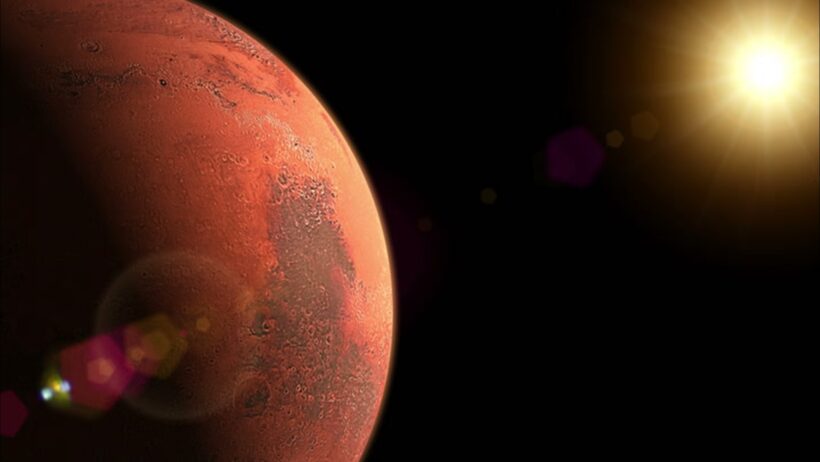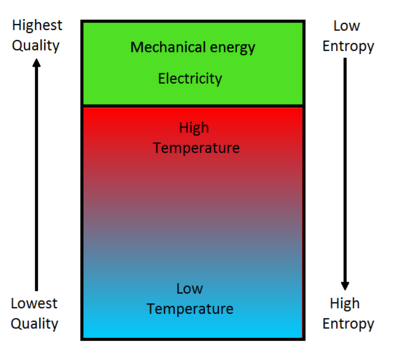Mars, often dubbed the “Red Planet,” paints a picture of intrigue and desolation. Its climate is not merely an afterthought; it reflects a world sculpted by a cacophony of forces far removed from the idyllic weather patterns familiar to Earthlings. Instead, Mars presents a tapestry of extremes where frigid temperatures, dust storms, and a tenuous atmosphere intertwine to create its inhospitable environment.
The Martian atmosphere, a scant 1% the density of Earth’s, is primarily composed of carbon dioxide (about 95%), with traces of nitrogen, argon, and oxygen. This thin veil enveloping the planet does little to protect its surface from the unforgiving embrace of space. The atmosphere barely retains heat, resulting in average surface temperatures that fluctuate dramatically. During the day, temperatures can reach as high as 70 degrees Fahrenheit near the equator, yet plummet to a staggering -195 degrees Fahrenheit during the frigid nights at the poles. These harsh conditions serve as a poignant reminder of Mars’ relentless nature.
Such drastic thermal swings create a world that is not only cold but also subject to a variety of other meteorological phenomena. One of the most notorious is the dust storm, akin to a ravenous beast sweeping across the Martian surface. Dust storms on Mars can envelop the entire planet, stretching for thousands of miles and lasting for weeks or even months. These storms kick up fine particles of dust and sand, achieving heights that would give a towering mountain chain pause. Visibility diminishes to near-zero, casting the land in an otherworldly ochre haze. In stark contrast to Earth’s gentle rain, the Martian atmosphere does not provide the moderation of storms; rather, it unleashes a tempest of dust, an elemental dance that weaves a tale of survival and resilience.
Temperature variations and the almost ghostly light conditions are not the only features that characterize the Martian climate. The polar ice caps, composed of water and frozen carbon dioxide, stand as stark sentinels marking the changing seasons. During the Martian winter, temperatures can plunge so low that carbon dioxide freezes, transforming the surface into a shimmering landscape of dry ice. Conversely, as the sun warms the southern hemisphere, these frozen reserves sublime back into the atmosphere, creating transient clouds made of water vapor, a phenomenon so fleeting that it feels almost ethereal.
The cycle of seasons on Mars, while reminiscent of Earth, is tinged with Martian peculiarity. Because of its axial tilt of about 25 degrees, similar to Earth’s, the planet experiences seasons. However, a year on Mars encompasses approximately 687 Earth days, translating into longer, more pronounced seasonal shifts. The warm summer months invigorate the surface, stirring sublimations and potential briny flows, while autumn and winter sleep upon the land, encasing it in ice and frost. The awakening of spring heralds a resurgence of activity; it is a rhythmic cycle that allows for sporadic glimpses into the planet’s enigmatic nature.
Hydrology on Mars paints an even more complicated portrait. While liquid water is scarce, Montana-sized lakes have been rife in the planet’s history. The evidence of ancient river beds, mineral deposits, and possibly salty brines feed the imagination, suggesting that water once coursed through its rocky flanks. The idea of past liquid water evokes an ancient ecosphere; it’s as if Mars wears the remnants of what could have been. Today, though, water exists primarily at the poles or as sublimated ice, creating a veneer of hope amidst a forbidding landscape.
Intriguingly, the Martian climate is not static; it evolves, adapting to various geophysical transformations that occur over millennia. The whims of solar activity, geological upheavals, and orbital variations bring about climatic shifts on lengthy timescales. Indeed, the planet has been through periods of volcanic activity that may have, for brief periods, thickened the atmosphere and warmed the environment. Just as Earth is dynamic, constantly shifting beneath our feet, so too is Mars — a planet at odds with itself, caught in the throes of change.
The prospect of human exploration casts shadows long and wide upon Mars’ harsh climate. Envisioning habitats that can withstand the extremes brings forth the challenge of agriculture, water sourcing, and sustainable living in an unforgiving atmosphere. Space agencies and scientists ponder terraforming, yearning to impute an Earth-like quality to the Red Planet’s capabilities. Yet this aspiration is suffused with uncertainties; it beckons as a metaphor of hope, grappling with the inexorable truth of scarcity and extremes.
In sum, Mars embodies a paradoxical dichotomy of beauty and desolation. It is a realm forged through the ashes of its violent past, marked by the relentless forces of nature—a stark contrast to Earth’s gentle balance. The Red Planet’s climate is a testament to resilience and adaptation against relentless adversity. While we may marvel at its brooding charm and stark magnificence, it serves as a reminder of the fragility of environments, inspiring contemplation on our own world’s climate crises. The enduring inquiry into Mars’ weather offers a mirror, reflecting our ambitions, fears, and the challenges of navigating the delicate web of planetary existence.








